Beekeepers feeling the sting
Bee thieves are emerging in swarms during Butte County’s pollination season.
According to the Butte County sheriff, over 500 beehives have been stolen from neighboring counties, and at least 64 hives have been taken from a Butte County orchard. Beekeepers are being stung by competitors as recent reports allege that those in their industry are responsible for the thefts.
Every February, when almond trees blossom, farmers often bring in rented beehives to pollinate orchards.
“There’s a huge influx of bees that come from all over the country to pollinate the almond crop in California because there’s not enough bees that are here locally to do it,” said Kevin O’Laughlin, beekeeper for the University Farm.
Thieves take this opportunity to trespass into orchards and use flatbed trucks and a forklift to steal beehives.
This growing string of thefts compounds the negative effects of the already decreasing bee populations.
The University Farm hasn’t had any thefts, but the possibility is real and imminent.
“We have just as much concern as anyone else,” said Jeff Boles, crop technician and orchard manager at the University Farm. “Bees are a huge, huge part of what we do out here. We definitely need the bees.”
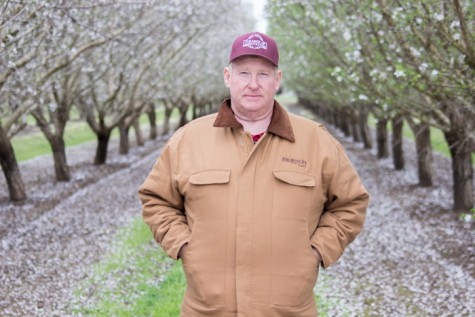
For now, farmers are still able to acquire the bees they need to pollinate their crop, but beekeepers are feeling the pressure as their hives begin to dwindle.
“It’s a struggle for me and other beekeepers — commercial beekeepers — to try to keep our boxes full of bees,” O’Laughlin said. “Every year it just seems to get a little bit more difficult.”
In the last three years, O’Laughlin lost 136 beehives to thieves.
Additionally, viruses, pathogens, varroa mites and environmental changes threaten the health of a beehive. Varrao mites will infiltrate a hive and attack the bees, devastating the colony.
“One of the reasons that the cost of almond pollination has completely skyrocketed (is) because of the lack of numbers of healthy colonies to pollinate those crops,” O’Laughlin said.

The increased cost is an incentive for theft. And security methods are difficult to enact when the beehives remain in orchards unguarded for at least 30 days while the bees pollinate.
To help mitigate the effects of bee theft and decreasing native bee populations, farmers are making improvements in their orchards and methods.
At the University Farm, a 30-acre test orchard is in place to test 31 different varieties of experimental, self-pollinating almond trees. If successful, an orchard of self-pollinating trees would reduce the number of beehives needed from two per acre, to one.
The University Farm is also making efforts to erect hedgerows as a permanent habitat for native bees, and plant bee-friendly plants like mustard and clover to help beehives stay healthy.
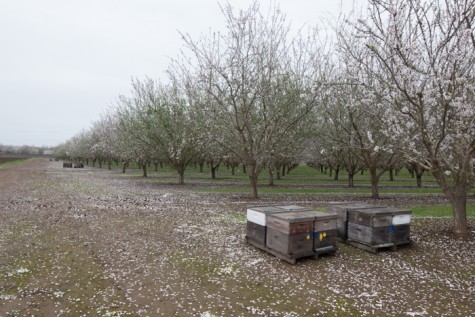
“If you give (the bees) a place to nest, it’s going to help the pollination,” O’Laughlin said.
To foster public involvement in these efforts, Lee Altier, a Chico State professor in the College of Agriculture, will hold a workshop focused on building native bee habitat structures on Feb. 24 at 5 p.m.
Molly Sullivan can be reached at [email protected] or @SullivanMollyM on Twitter.








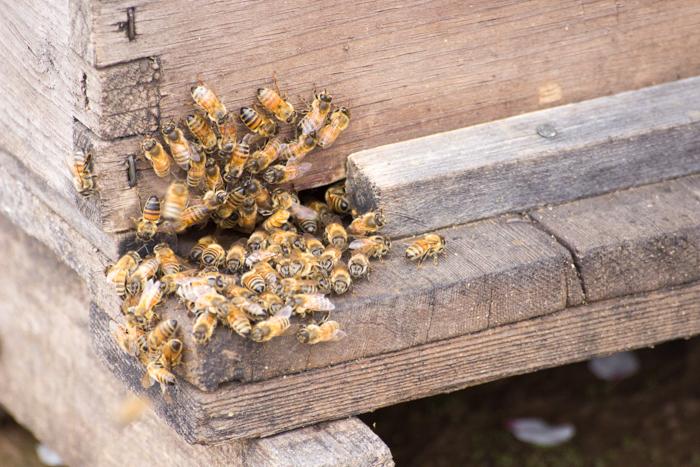
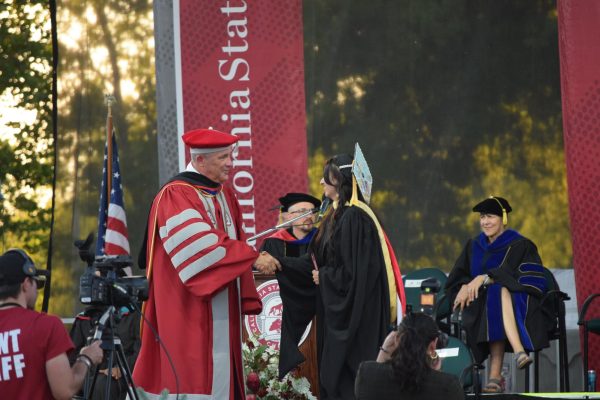
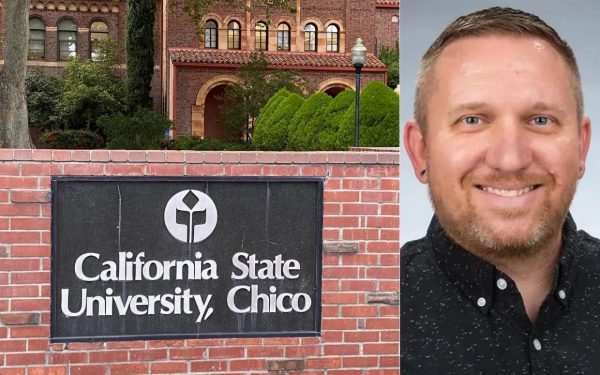
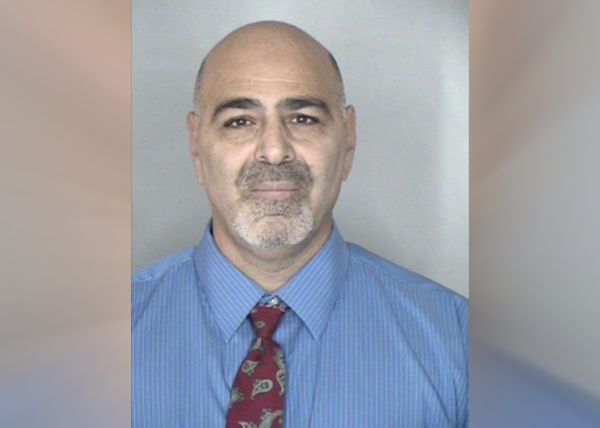
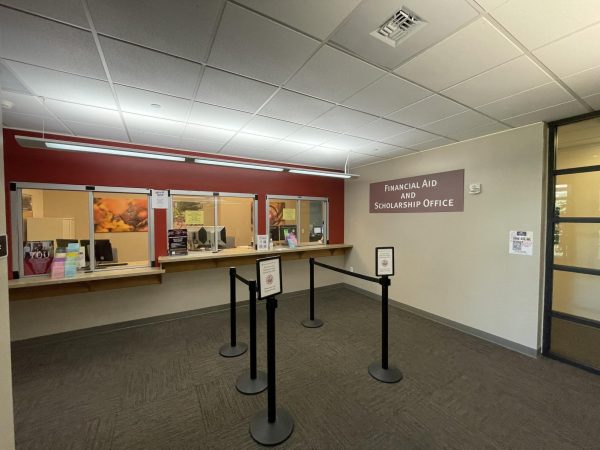
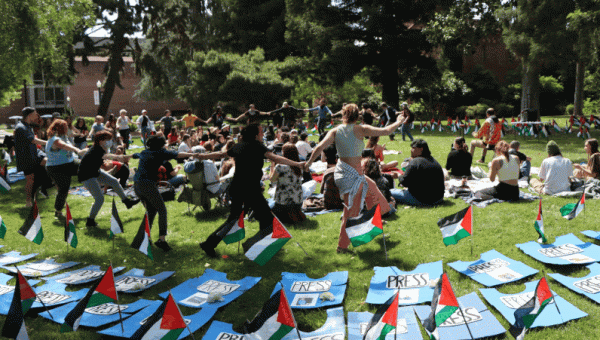
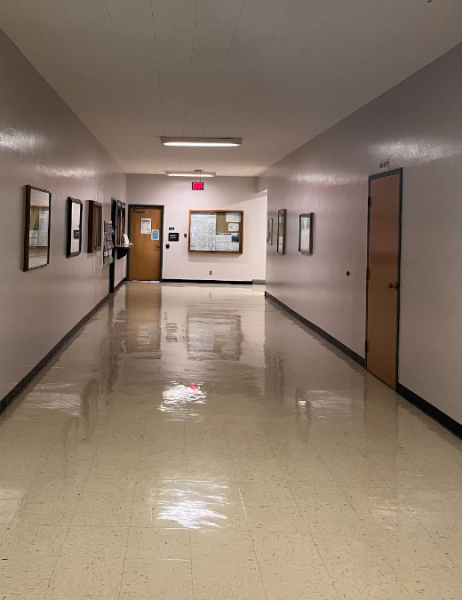
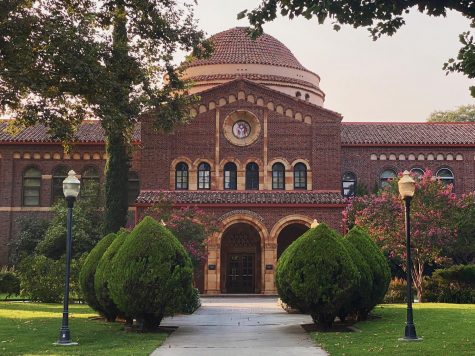

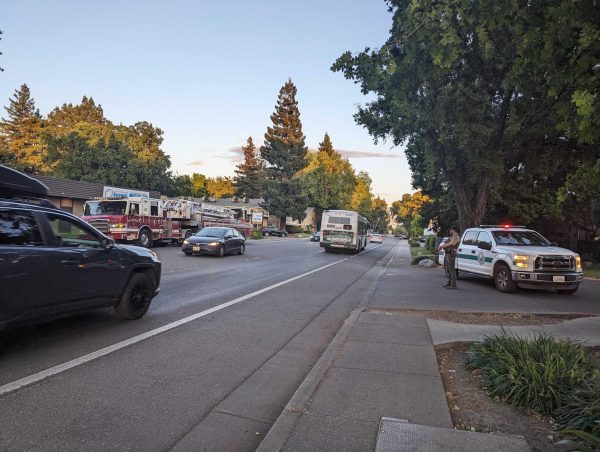
ward johnson // Feb 24, 2016 at 3:18 pm
In 2014, my wife and I started the SaveOurMonarchs Foundation in Minneapolis. You can get Free Milkweed Seeds at SaveOurMonarchs.org
We sent over 1 Million Milkweed Seed Packets in 2015.
We expect to send over 2 Million in 2016.
We would appreciate your support.
Ward Johnson
SaveOurMonarchs.org